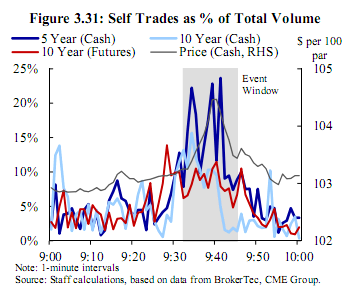
Welcome back to “Speaking in Code,” our summer blog series focusing on challenges and opportunities for women in technology and spotlighting a few women here at Trading Technologies. If you missed my introduction to the series, you can read it here.
Our first profile is on Diana Dumitru, a 15-year TT veteran who currently works as an engineering manager. Diana was born in Timisoara, Romania and received a degree in theoretical physics in her home country before coming to the U.S. to pursue a master’s in computer science at Oklahoma State University. After starting as a junior programmer and working her way up through multiple positions at the company, she recently transferred to our London office, where she’s leading the development of our newly formed European engineering team.


